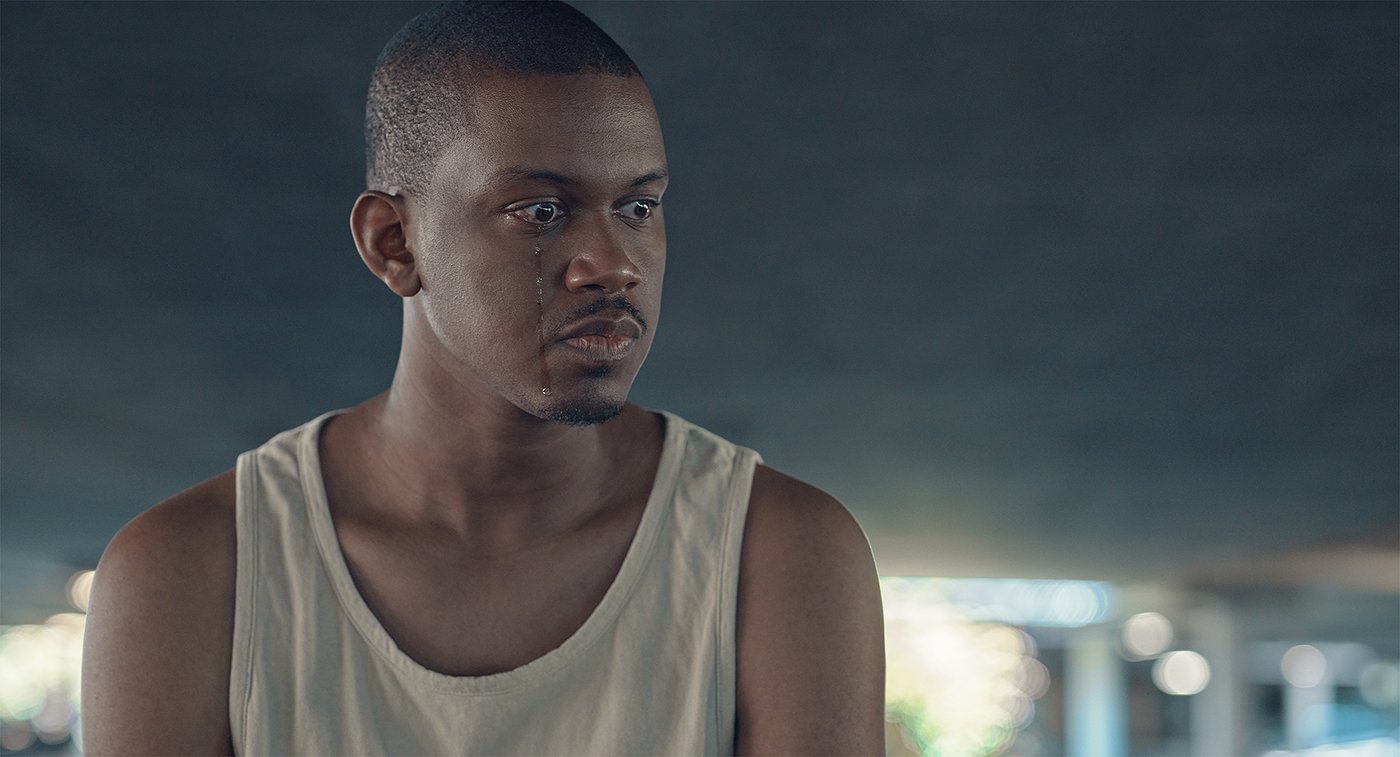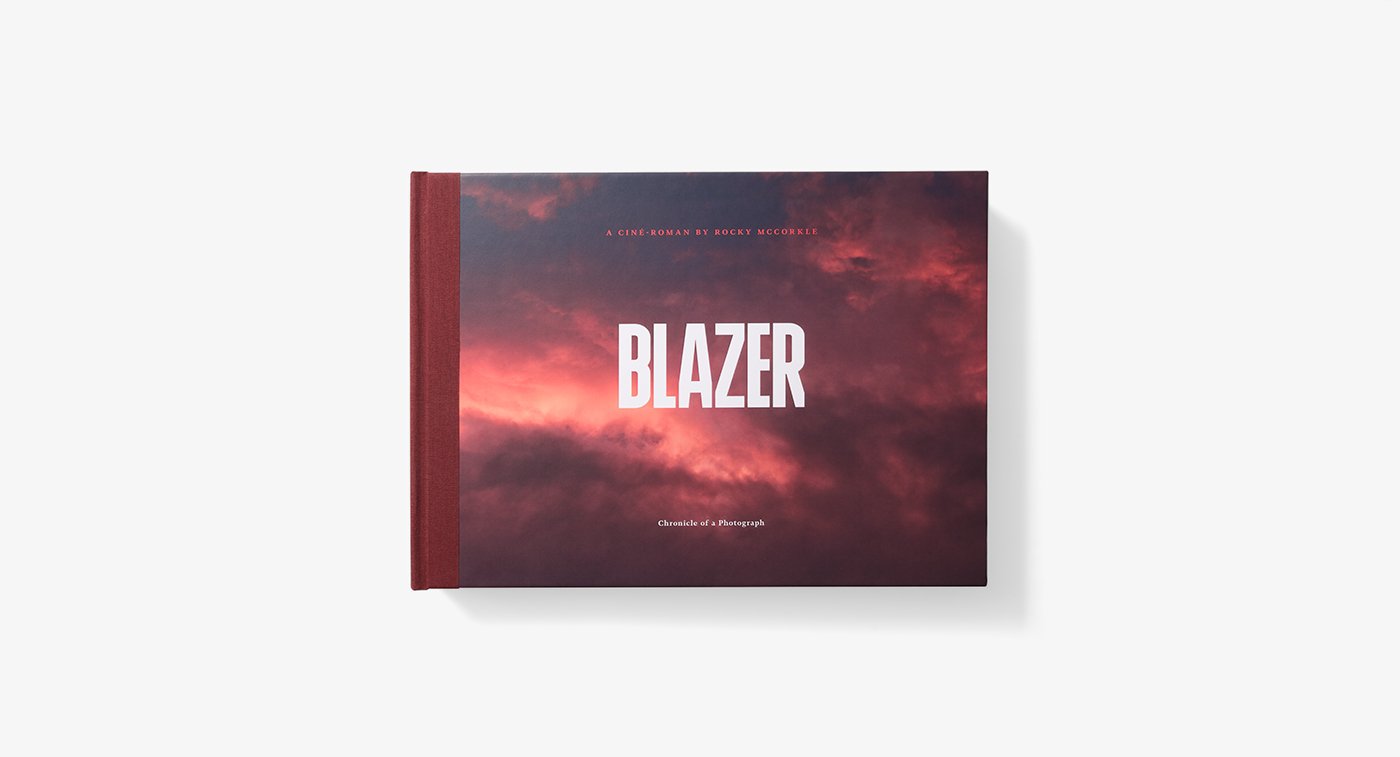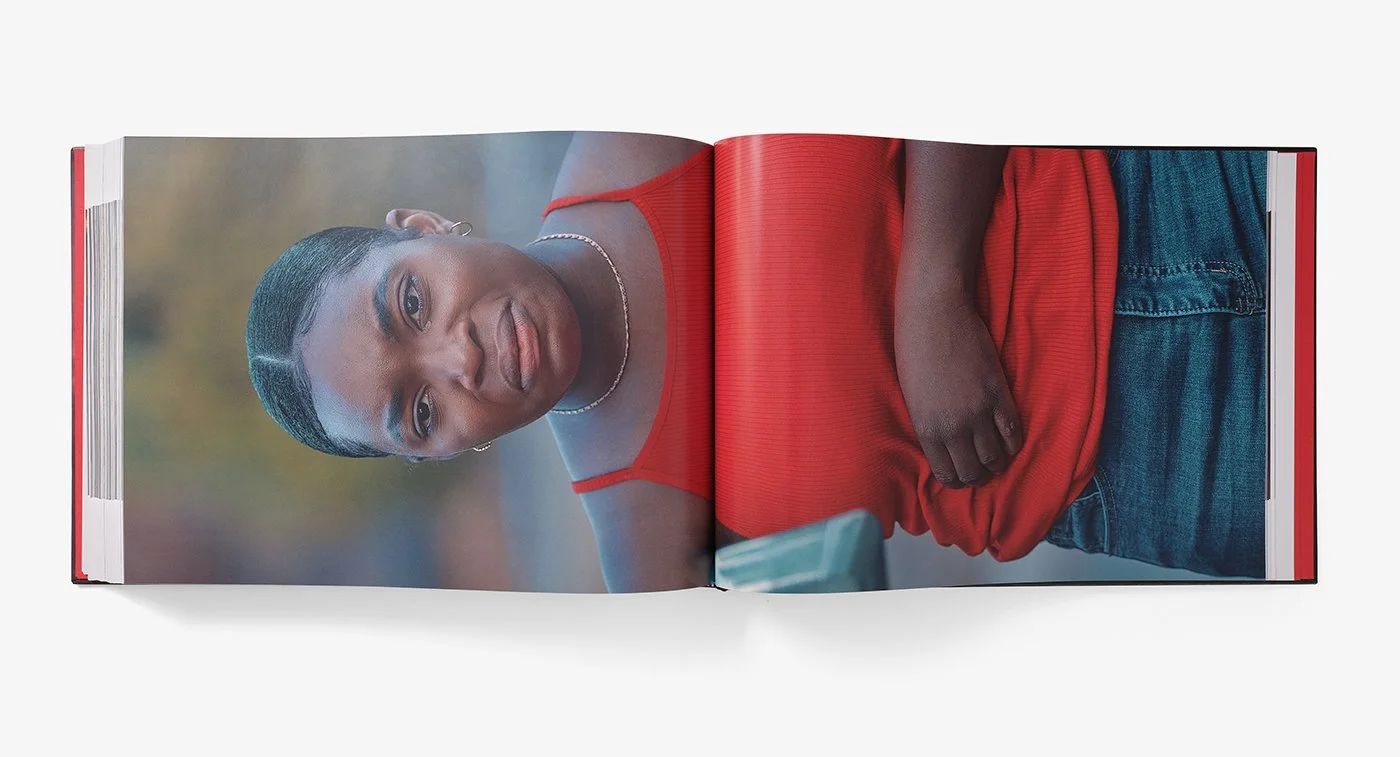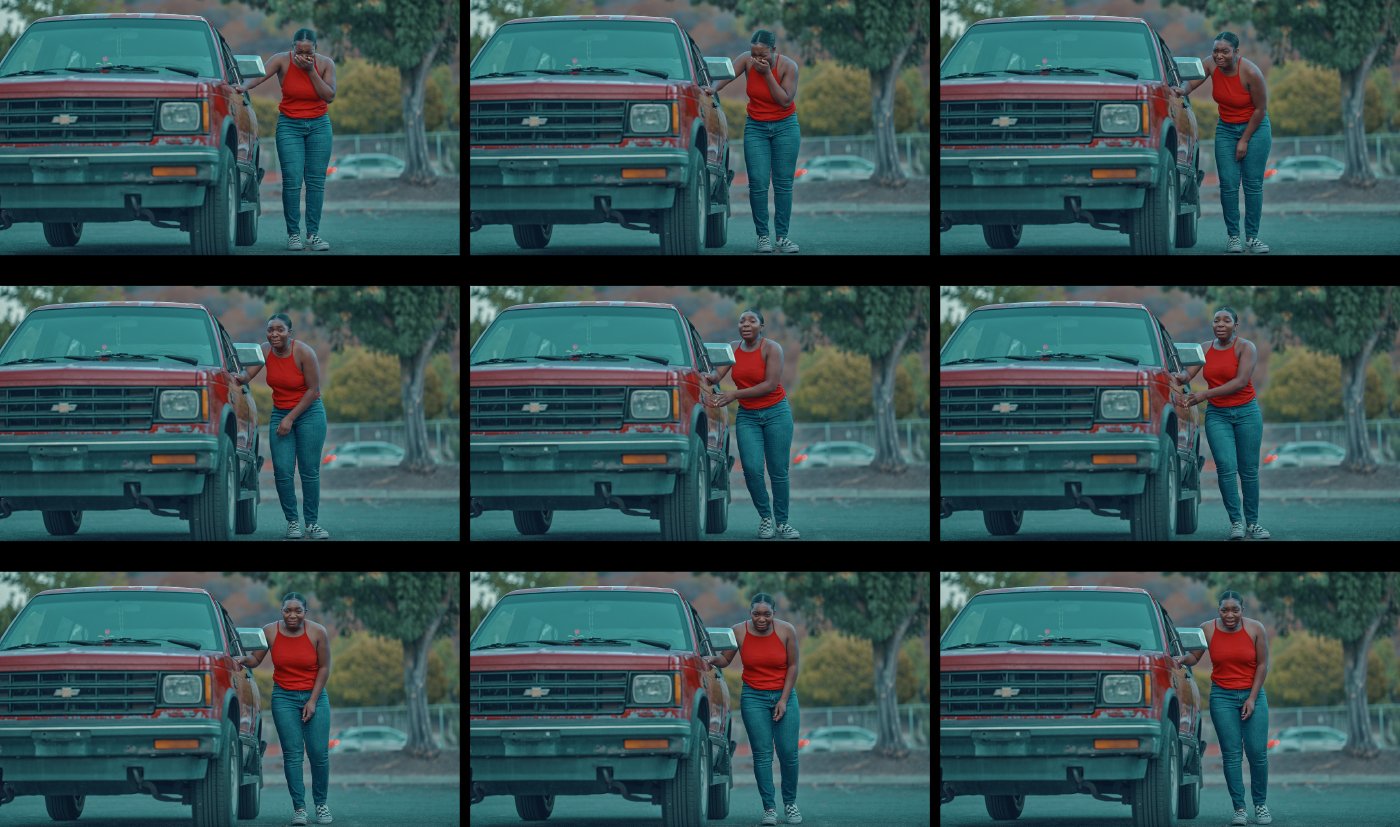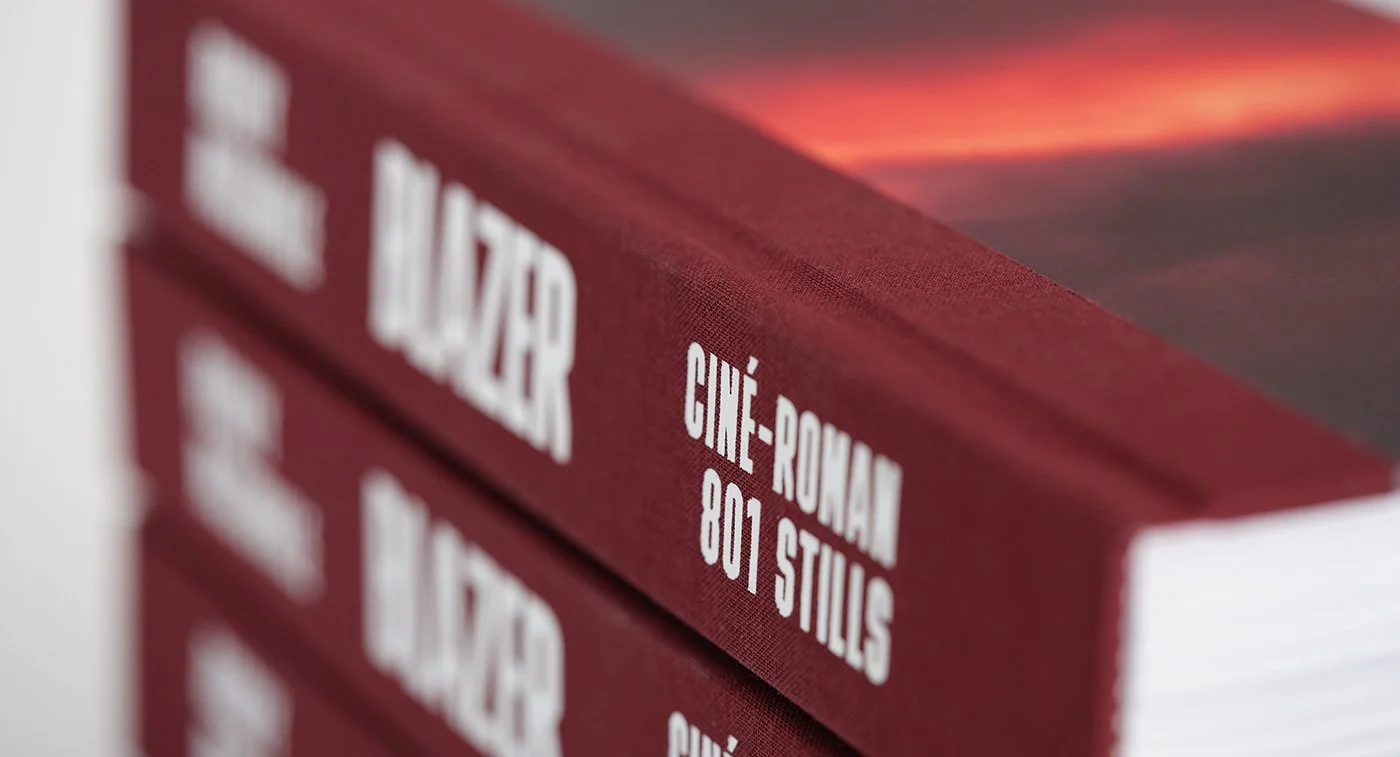SOCIAL AWARD
WINNER • Rocky McCorkle - Blazer
JUROR • Nakyung Han - The New York Times
*WARNING: VIEWER DISCRETION IS ADVISED*
-
My art practice could be seen as pure cinema—a fusion of the photographer, the filmmaker, and the scriptwriter. Blazer is a cinéroman, which is defined as a film-novel, containing only still imagery and original musical score.
800 still frames belong fully to the genre of fiction, with one frame being inspired by a true event. The plot is inspired by the true story of an amateur photographer who was shot dead as he took a picture of his family in 2011 that freeze-framed his killer and killer’s accomplice in the act, synchronously creating a once-in-a-lifetime photo (№ 715). The film recontextualizes events that led to and proceeded his unbelievable photograph.
The ciné-roman had a bafflingly huge scope and was daunting to materialize. Led by actor Justin King, a cast of six actors and I shot more than 12,000 high resolution images chronologically over two days to create this volume of work. Before then, the pandemic had turned this project to concrete.
Through an array of characters, locations, and backstories within the story, the film chronicles the narrator’s first pandemic, the degradation of political discourse in the US, and criticizes the sickening increase of gun-violence and gun-related deaths of Black Americans. In response to the permanent trauma of watching death on camera, the narrator searches for answers to what life looks like after a death, nihilistically contemplates the purpose, if any, of life, and tries to capture the words for an event that words can’t capture.
I’m not sure if my simulacrum is on par with the original, but since I allowed my inner self to drive, it is closer to the kind of work I’m trying to make. On third thought, the film seems to simply be about concretizing life, a personal means of avoiding death. Spectators of this film, or any film for that matter, are privileged to see what Ray can’t after it abruptly ends.
-
It has been an inspiring and thought-provoking experience to see the range of images that capture and respond to the numerous and complex social issues facing our world.
Just this week, we have read the news about three “wrong address” shootings across the country. We live through a regular drumbeat of mass shootings and mourn the lives of too many people lost to gun violence.
I responded to the work titled Blazer. Inspired by a true event of a shooting, the work recreates and reframes the event and presents it as film stills. The production level, the lighting, and the casting all lend to this gruesome event a certain polish and gloss, enticing us to linger and to look for a little longer. These images not only prompt us to think on current events but also draw attention to the struggles our nation faces. Moreover, they highlights the role of the photographer who ends up a victim of the violence he is documenting.
There were numerous other projects deserving of recognition and praise.
Women artists were well represented. Their works spanned a broad range, from challenges of motherhood to processing the effects of sexual assault but also ones that celebrated women’s strength and resilience.
The projects that still resonate with me transformed images of migrants’ journeys, recontextualized exploitative ethnographic photos, and looked to bring attention to geographic locations which have derogatory names from the era of slavery and segregation.
- Nakyung Han • Deputy Photo Editor, Features, The New York Times
About the Artist
Rocky McCorkle is a multidisciplinary director, photographer, and writer currently living and working in San Francisco. His other bodies of work include You and Me on a Sunny Day and The Old Bay Bridge.
In his latest release, led by actor Justin King, Rocky and a cast of six actors shot more than 12,000 large-format images to complete his ciné-roman entitled Blazer. Told through fictional prose and chronophotographic stills, Blazer chronicles events that led to and proceeded one of the greatest photographs of all time. 800 images belong fully to the genre of fiction, with one frame being a recreation of a true event. Blazer has three adaptations: immersive gallery installation, short film with original score, and book.
Rocky’s work can be found in the permanent collections of The Berkeley Art Museum and Pacific Film Archive (BAMPFA), and the Tweed Museum of Art.
rockymccorkle.com


